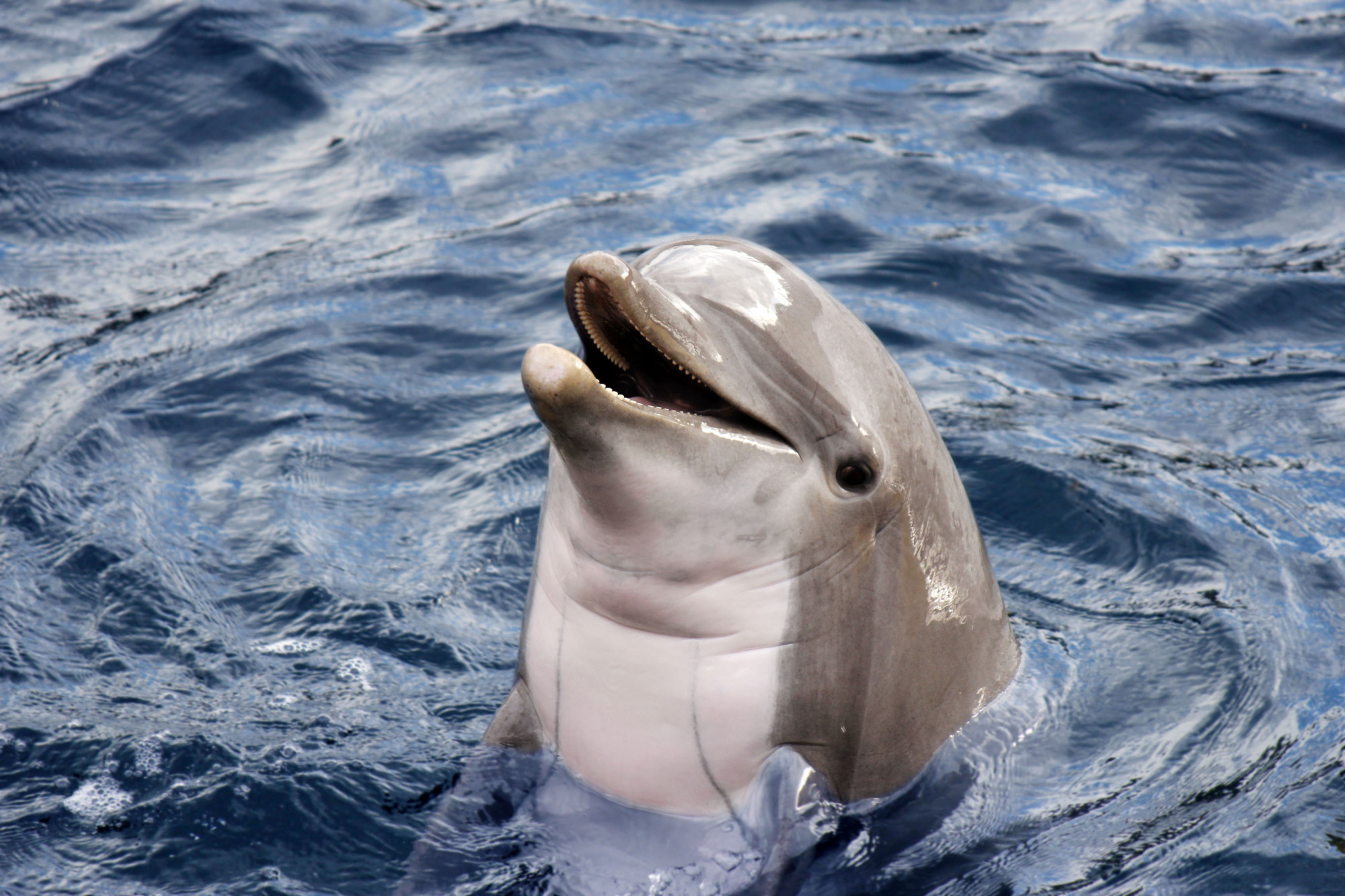The annual dolphin hunt in the town of Taiji, Wakayama Prefecture, began in September. By next March, despite global condemnation and mounting criticism from Japan's own citizens, approximately 1,500 dolphins will have been herded into a narrow cove and stabbed to death.
Taiji is not the only place where dolphins are hunted. The Faroe Islands, Solomon Islands, Greenland, Russia, Indonesia, Peru and Canada are also killing sites. The largest hunts, however, take place in Japan, where commercial fishers regard dolphins as pests because they eat commercially valuable fish. During the hunts, they trap the dolphins, sell the "pretty" ones to marine parks and butcher the rest for meat. It is estimated that in the past 70 years, more than 1 million whales, dolphins and porpoises have been killed in Japanese waters. Reports indicate that many of the cetacean species targeted by Japan's coastal hunts will never recover to sustainable levels.
Attempts to argue that the Taiji dolphin hunt is contrary to international law have so far been unsuccessful. Although the International Whaling Commission introduced a ban on commercial whaling, there is no consensus among member countries as to whether the moratorium extends to small cetaceans such as dolphins.


















With your current subscription plan you can comment on stories. However, before writing your first comment, please create a display name in the Profile section of your subscriber account page.